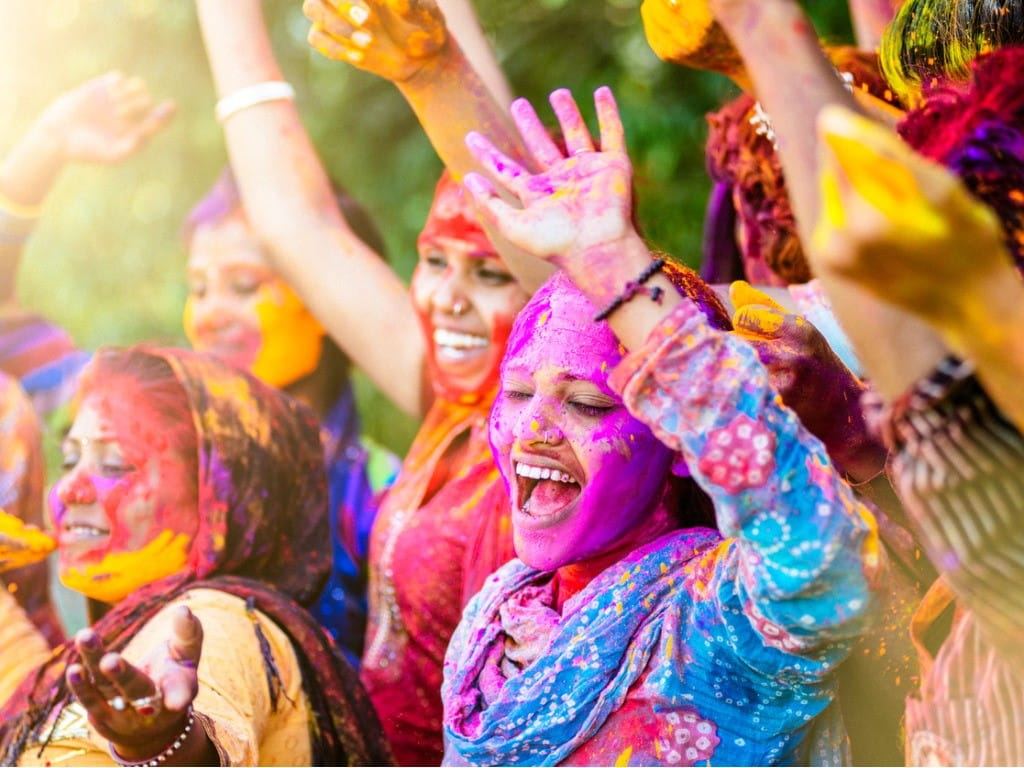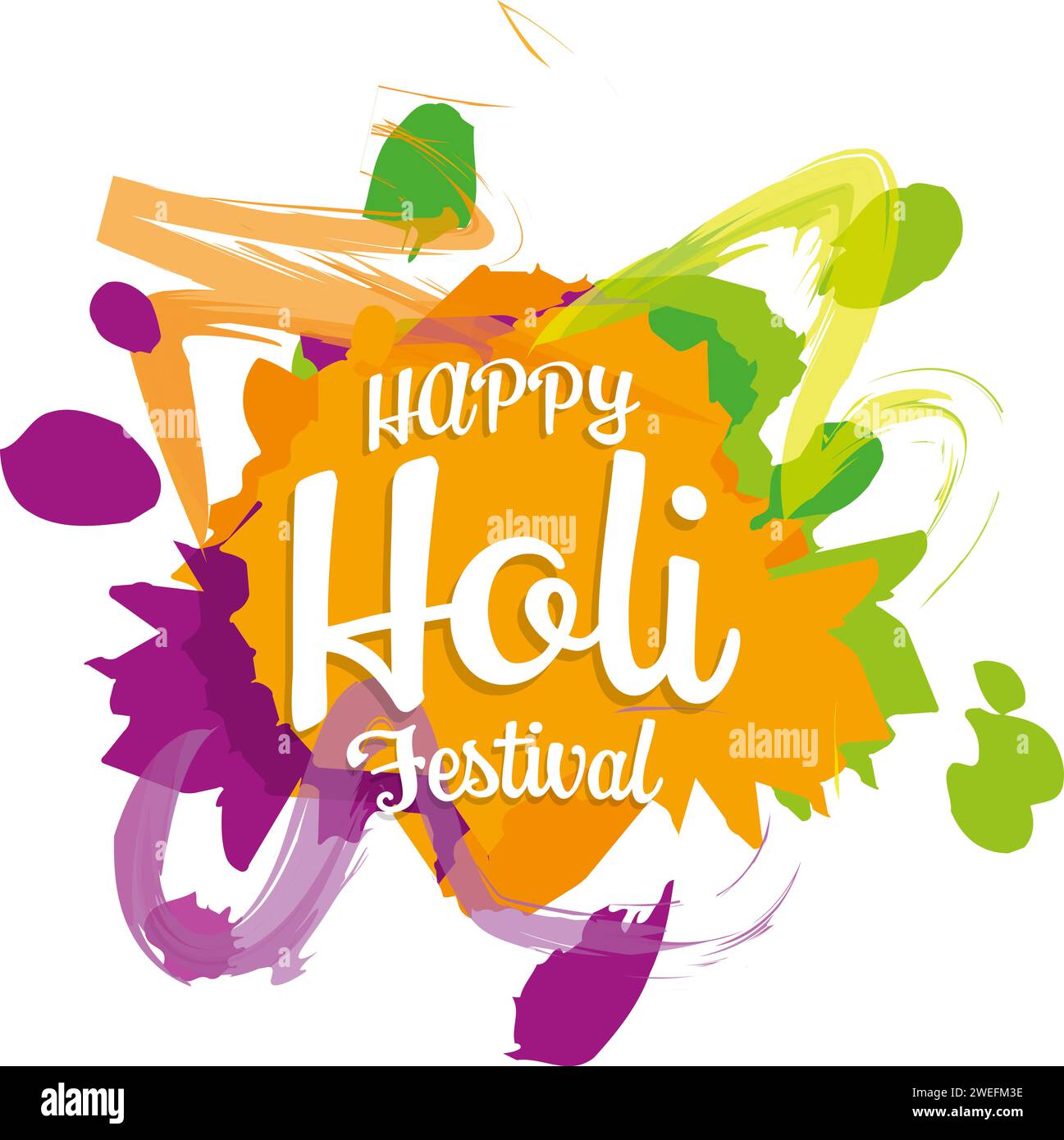Are you excited to dive into the vibrant world of the Holi Color Festival but unsure about what it entails? Let’s unravel the enchantment of this joyous celebration that has captured hearts worldwide. Originating from India, the Holi Color Festival is a jubilant occasion commemorating the triumph of good over evil. During this festival, participants joyfully drench each other in a rainbow of colored powders, creating a mesmerizing visual spectacle. Apart from its colorful exuberance, Holi also symbolizes unity, love, and the arrival of spring. Stay tuned as we delve deeper into this captivating festivity’s traditions, rituals, and significance.

View this post on Instagram
Introduction to the Holi Color Festival
Holi, also known as the Festival of Colors, is a vibrant and joyous Hindu festival celebrated predominantly in India. This festival marks the arrival of spring and the victory of good over evil. The festival’s primary day is “Holika Dahan,” where bonfires signify the burning of demoness Holika. The following day is celebrated as Holi, where people come together to play with colors, sing, dance, and enjoy festive treats.
Significance of the Holi Color Festival
Holi is not just about playing with colors; it holds deep cultural and religious significance. It symbolizes love, friendship, and the renewal of relationships. The festival also signifies the end of winter and the arrival of spring, offering a message of hope, happiness, and positivity to everyone.
Celebrations during Holi
During Holi, people gather in streets and open spaces to throw colored powders called “gulal” at each other. Water guns and water-filled balloons add an element of fun to the festivities. Traditional sweet dishes like gujiya and thandai are prepared and shared among friends and family.

Historical Significance of Holi
Holi, also known as the Festival of Colors, is a traditional Hindu festival that celebrates the triumph of good over evil and the arrival of spring. Its origins can be traced back to ancient Hindu texts such as the What is Holi Color Festival. According to mythological stories, Holi signifies the victory of Prahlad over Holika, symbolizing the triumph of devotion and righteousness over malevolence.
Traditions and Customs of the Festival
Holi, known as the Festival of Colors, is a vibrant and joyous celebration that signifies the victory of good over evil and the arrival of spring. It brings together people of all ages and backgrounds to engage in rich traditions and colorful customs.
Holika Dahan
One of the primary customs of Holi is the ritual of Holika Dahan, in which a bonfire is lit to symbolize the burning of the Demoness Holika. People gather around the fire, sing and dance, and pray for the triumph of good over evil.
Rangwali Holi
Rangwali Holi, the playful throwing of colored powders and water, is the most iconic aspect of the festival. Participants chase each other with brightly colored powders called gulal, spreading joy and camaraderie.
- Participants apply colors to each other’s faces
- The streets come alive with music, laughter, and dance
- Water balloons and water guns are used to splash colored water

Spiritual and Cultural Implications
Exploring the spiritual and cultural significance of the Holi Color Festival is an enriching experience that delves deep into the roots of Hindu traditions and beliefs. This vibrant festival, also known as the “Festival of Colors,” holds a special place in the hearts of millions of people worldwide.
Spiritual Significance
Holi is primarily celebrated to mark the victory of good over evil and the arrival of spring. It is a time when people come together to forget and forgive, symbolizing the triumph of love and unity.
Cultural Significance
The cultural aspect of Holi can be seen through various rituals and traditions followed during the celebrations. From the bonfire lit on the eve of Holi, known as ‘Holika Dahan,’ to the playful throwing of colored powders and waters the next day, each ritual has its significance and story behind it.
- Playing with Colors: The tradition of playing with vibrant colors represents the joy and happiness of the festival. It signifies breaking barriers and coming together in a riot of colors.
- Sharing Sweets: Exchanging sweets and delicacies during Holi symbolizes spreading love and sweetness among friends and family members.
Colors and Symbolism in Holi Celebration
Holi, also known as the Festival of Colors, is a vibrant and joyous Hindu festival celebrated in spring. The colors used during Holi have deep symbolism and contribute to the festive spirit of the celebration.
Significance of Colors
The colors used in Holi hold various meanings. Red symbolizes love and fertility, green represents spring and new beginnings, yellow signifies turmeric, a natural remedy, and blue is associated with Lord Krishna.
Social Harmony
Holi transcends social boundaries and brings people together in unity and harmony. During the festival, people play with colored powders, forgetting social norms and embracing each other in a display of love and friendship.
It is a time when old animosities are forgotten, and new relationships are formed, strengthening the social fabric of communities.
Frequently Asked Questions
- What is the significance of the Holi Color Festival?
- Holi is a Hindu festival that celebrates the arrival of spring, the victory of good over evil, and the blossoming of love. It is a time for people to come together, play with colors, and enjoy festive foods.
- When is the Holi Color Festival celebrated?
- Based on the Hindu lunisolar calendar, the Holi Color Festival usually falls in February or March; it is celebrated over two days, with the first day known as Holika Dahan and the second day as Rangwali Holi.
- How is the Holi Color Festival celebrated?
- During the festival, people gather to play with colored powders known as ‘gull’ and colored water. They sing, dance, enjoy traditional music, and indulge in festive treats. It is a time of joy and togetherness.
- What is the history behind the Holi Color Festival?
- The festival commemorates various Hindu legends, including the story of Prahlad and Holika, the immortal love of Radha and Krishna, and the welcoming of spring. It symbolizes the triumph of good over evil and the arrival of happiness.
- Are there any specific customs or rituals associated with the Holi Color Festival?
- Yes, there are various customs, such as Holika Dahan, the bonfire ritual on the eve of Holi, the playful throwing of colored powders and water, and the sharing of sweets and festive dishes. It is a time for forgiveness, renewal, and celebration.
Unlocking the Beauty of the Holi Color Festival
In summary, the Holi Color Festival is much more than just a festival of colors. It celebrates love, unity, and the victory of good over evil. Originating from Hindu mythological stories, this vibrant festival symbolizes joy and togetherness across cultures worldwide. During Holi, people come together to mend broken relationships, forgive past grievances, and welcome the spring season with open arms.
Through the play of colors, music, and dance, Holi rejuvenates the spirit and brings communities closer. It reminds us of spreading happiness and positivity and embracing diversity with open hearts. So, next time you witness the joyous revelry of the Holi Color Festival, remember its essence and significance beyond the colors – it’s about spreading love and happiness!